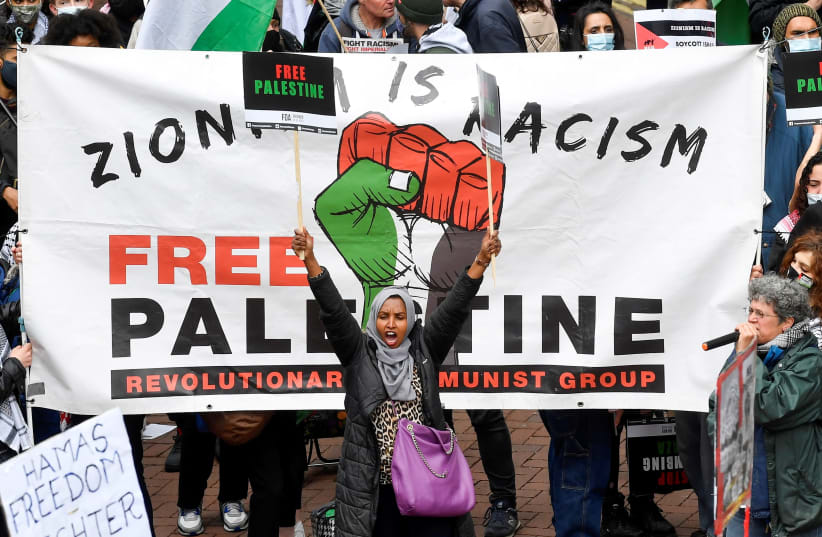Zionism has competed with many other ideologies and political engagements championed by fellow Jews over the past 160 years since Tzvi Hirsch Kalischer’s Derishat Tzion (Seeking Zion) in 1862 and then Leon Pinsker’s Auto-Emancipation in 1882. These two authors, and a former cultural assimilationist, laid the foundations for the political activism to facilitate the repatriation of the Jews to their homeland rather than vague Messianic expectations. The Hibbat Tzion (Lovers of Zion) movement was established and, in the 1890s, Theodor Herzl applied his organizational vision and brilliant pen to the project and the arose.
It immediately faced the opposition of other Jews, as well as the competition from them. The rejection of modern Zionism long before the First Zionist Congress originated among various groups. The ultra-Orthodox would not budge until they were told to do so by the Messiah.

The Reform movement removed “Zion” from its prayer books and claimed the entire world for Jewish residence. Some even suggested that Jewish dispersion was a blessing for mankind. The assimilationists desired a total rejection of a Jewish peoplehood.
Jewish socialists transmuted Judaism into what is today more familiar as a movement for general tikkun olam, rectifying the world. Stefanie Dox, Executive Director of Jewish Voice for Peace, used the term in her October 13, 2023, piece in The Nation thusly: “At this moment, when so many Jews feel our worlds torn apart by violent death..
. .
















